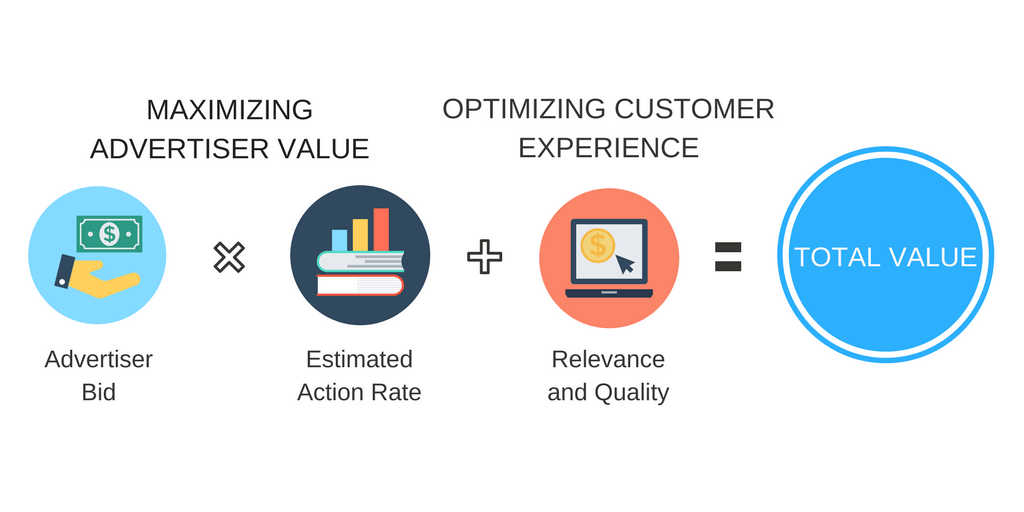
With the shift from DAP to DAT, travel brands are now able to reach a highly engaged audience. For groups like IHG, this has led to a cost per booking decrease of 20 percent with a 50 percent increase in campaign scale. With its 1.8 billion monthly users, Facebook has the unique ability to reach customers in a native environment without interruption. In order to maximize campaign performance, it is important to have a fundamental understanding of the auction environment. The DAT system has been designed to combine the needs of both advertisers and customers. This approach improves user engagement while providing much-needed cost controls.
How does the Facebook Auction work?
Facebook used an economic theory called VCG (Vickrey-Clarke-Groves), to create a second-price auction environment. Essentially, the winning bid does not pay exactly what was bid, but rather a bid slightly higher than the second highest bidder. The primary benefit of this model is that it mitigates the risk of sharp jumps in spend. Ultimately, it is a win for advertisers as it creates a stable auction environment.
So now that we have established the theory, we can break down the elements that determine ad delivery. Facebook uses a Total Value Equation to determine ad delivery. The equation takes into account both customer and advertiser generated signals.

Each component of the Total Value Equation plays a role in determining delivery. The ad that has the highest total value is the one that will be delivered. This means that advertisers need to consider multiple elements when optimizing campaigns.
Advertiser Bid
There are a couple of different ways to approach bidding, but before we jump in, we need to cover campaign objectives. Simply put, a campaign objective is the goal of the campaign. In other words, the consumer action the campaign is trying to drive. There are currently eleven campaign objectives supported by Facebook.




